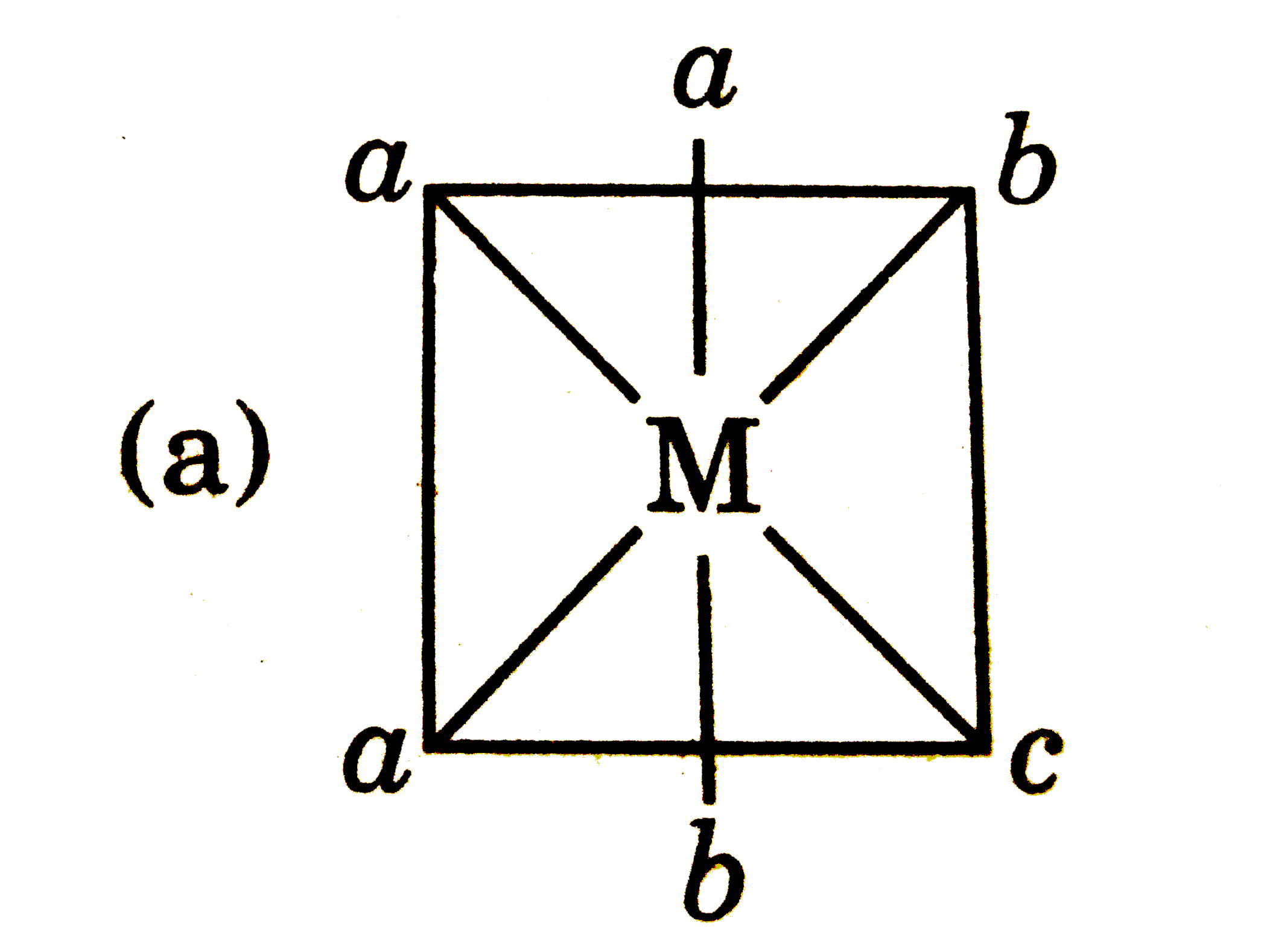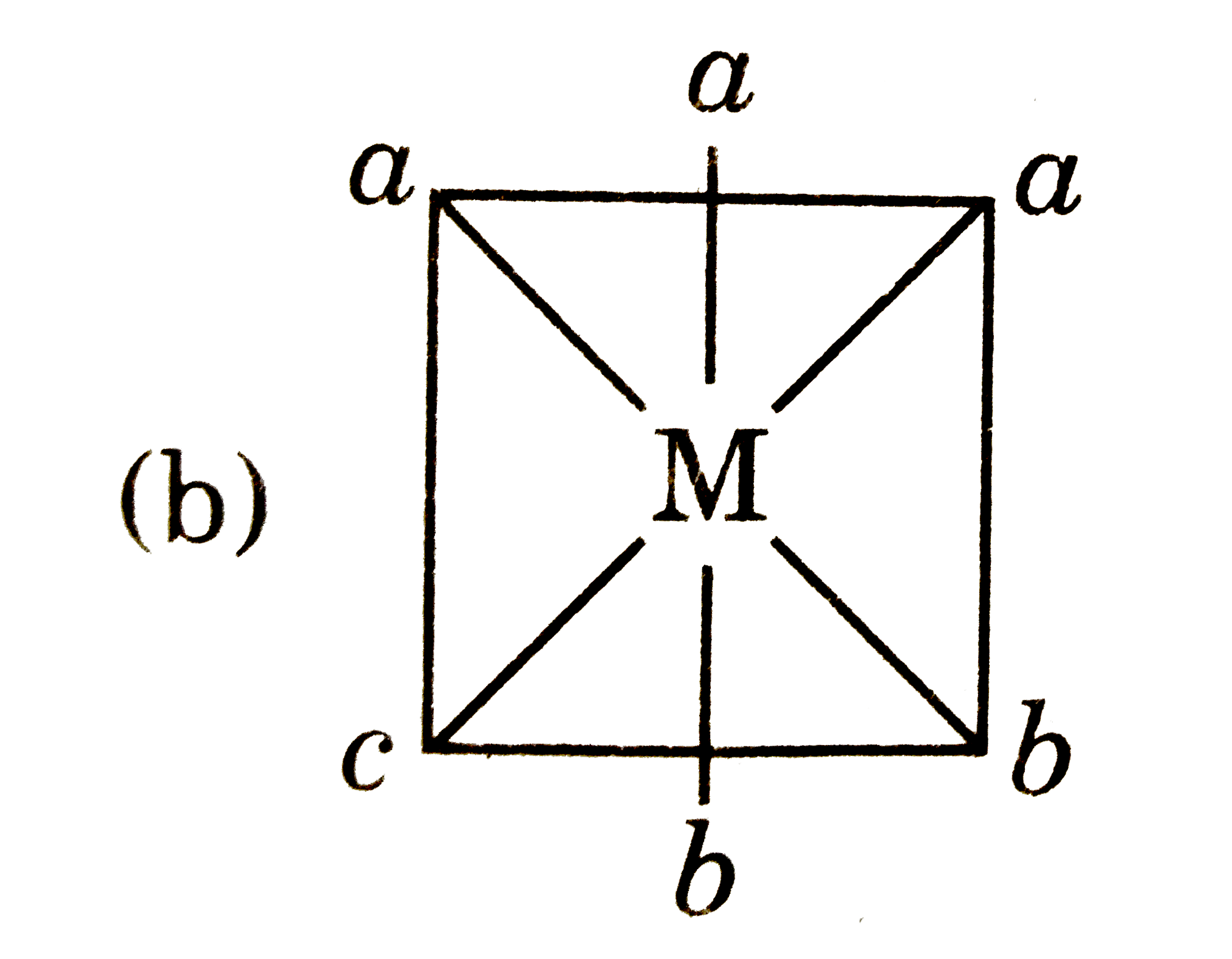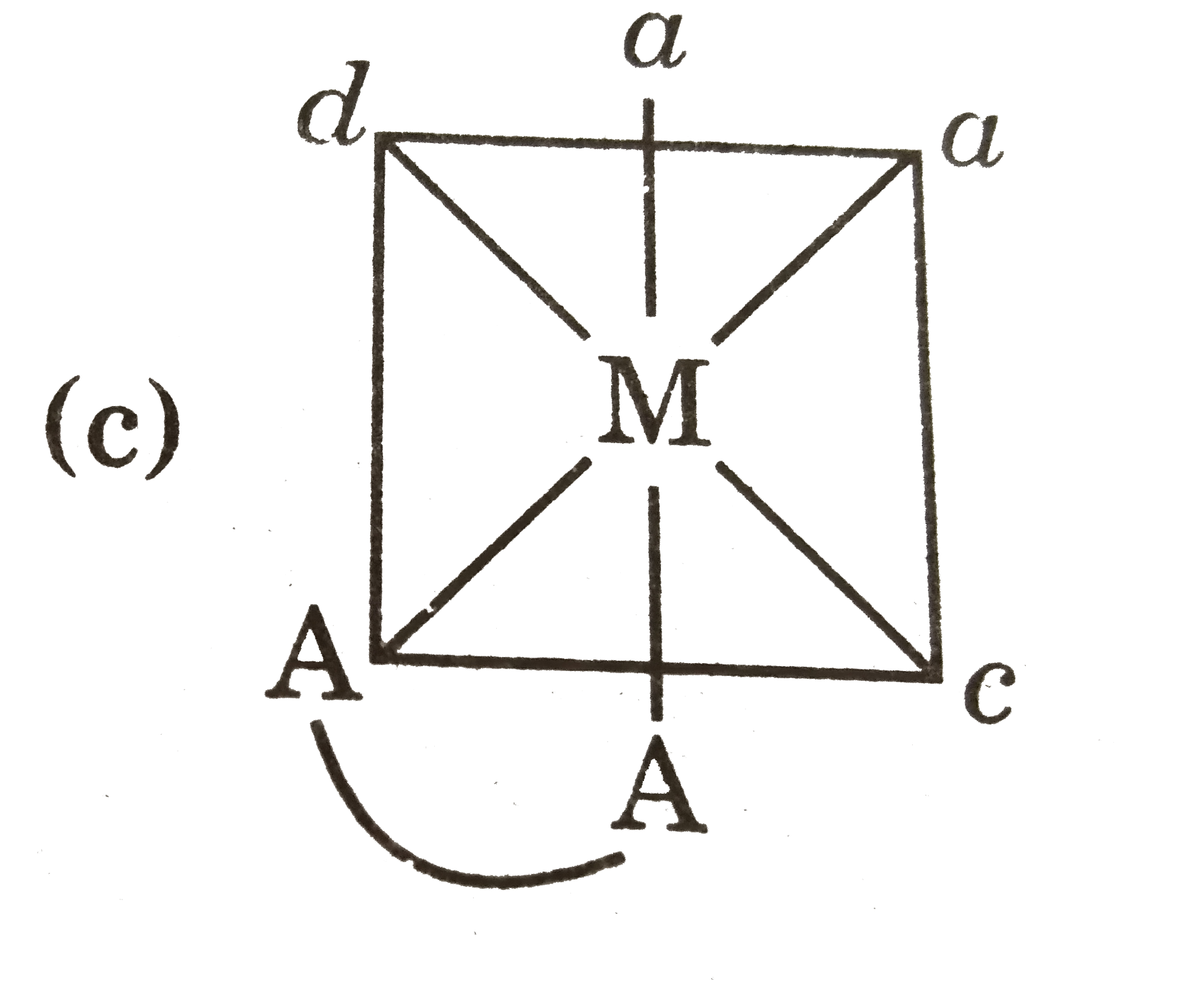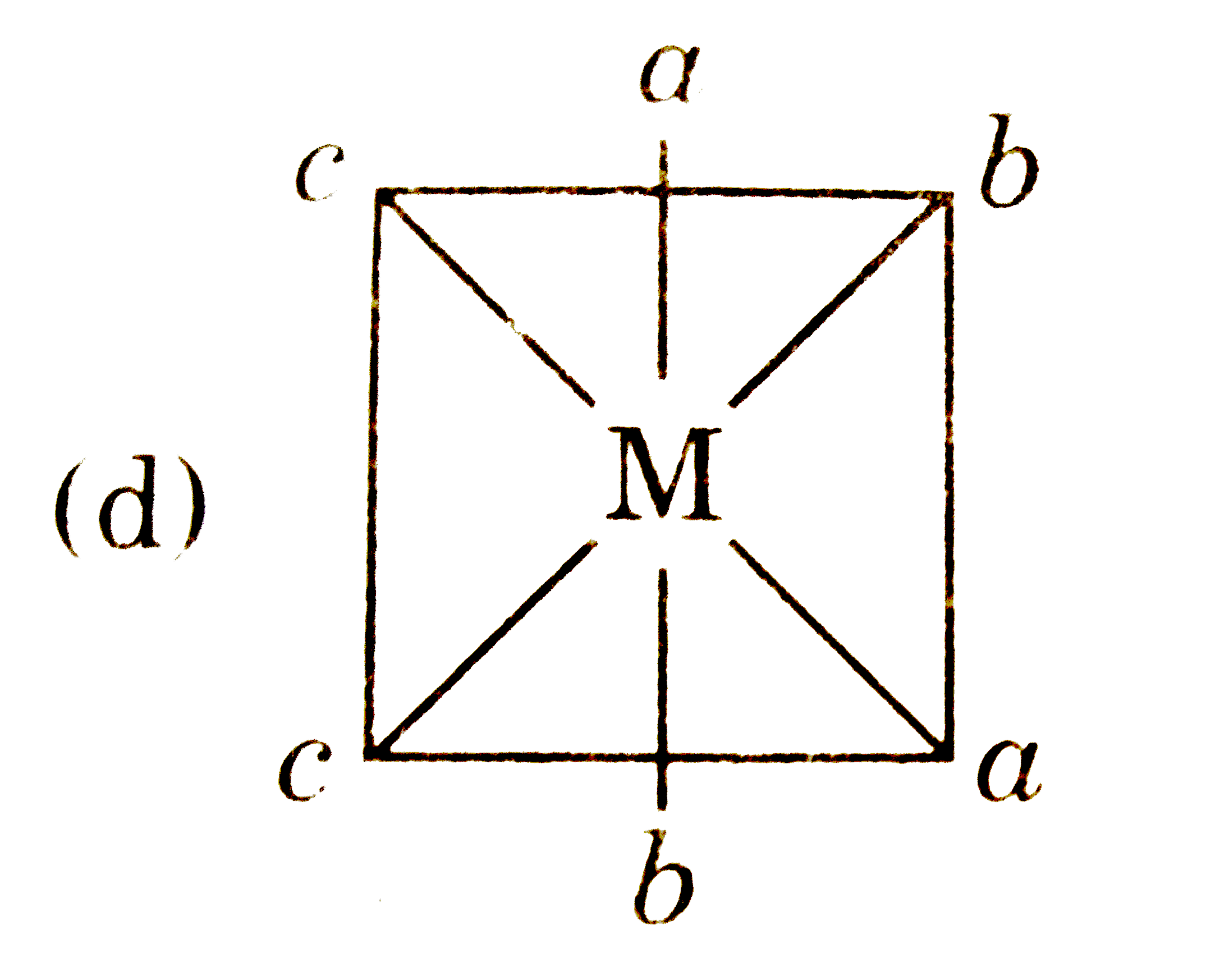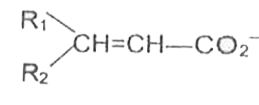Explore topic-wise InterviewSolutions in .
This section includes InterviewSolutions, each offering curated multiple-choice questions to sharpen your knowledge and support exam preparation. Choose a topic below to get started.
| 17101. |
Which of these do not contain -COOH group |
|
Answer» ASPIRIN |
|
| 17103. |
What is the formula of brown ppt ? |
|
Answer» `Cu_(2)I_(2)` `ii 2CuSO_(4)+4KI to 2K_(2)SO_(4)+underset("white ppt.")(CuI_(2)+I_(2)darr` `I_(2)+2Na_(2)S_(2)O_(3)to 2NaI+Na_(2)S_(4)O_(6)` `(iii) 2Cu^(2+)+K_(4)[Fe(CN)_(6)]to underset("ppt.")underset("(chocolate)")underset("Red-brown")` |
|
| 17104. |
What happens when copper reacts with (i) conc. HNO_3(ii)Dil. HNO_3? |
|
Answer» Solution :Concentrated NITRIC acid is a strong oxidising agent and reacts with metals. The products of oxidation depend upon the concentration of the acid, TEMPERATURE and the NATURE of the MATERIAL undergoing oxidation. For example, copper reacts with `HNO_3`giving different products as : Conc. `HNO_3`gives copper NITRATE and nitrogen dioxide. `Cu + 4HNO_3toCu(NO_3)_2 + 2NO_2 + 2H_2O` Dilute `HNO_3` gives copper nitrate and nitric oxide. `3Cu + 8HNO_3to3Cu(NO_3)_2 + 2NO+2H_2O.` |
|
| 17105. |
What is S_(N^(2)) reaction ? Discuss its mechanism. |
|
Answer» Solution :`S_(N^(2))` : It is bimolecular or SECOND order nucleophilic substitution REACTION. e.g `CH_(3)Cl+ underset("AQ)")(KOH) overset(Delta)to CH_(3)-OH+KCl` Mechanism. It involves the formation of activated complex `KOH overset("Water")hArr K^(+)+OH^(-)` 
|
|
| 17106. |
What is the main utility of this reaction and why is it superior to KMnO_(4) cleavage for this purpose |
| Answer» SOLUTION :It locates the position of C = C’s in molecules. `KMnO_(4)` cleavage is more vigorous and can oxidize other GROUPS, i.e., OH. | |
| 17107. |
Which one of the following compounds is used as a body deodorant |
|
Answer» Indigosol - O |
|
| 17108. |
Which of thefollowingdoes notunder goes acid hydrolysis ? |
|
Answer» `CH_(3) - UNDERSET(CH_(3))underset(|)overset(CH_(3))overset(|)(C) - NO_(2)` |
|
| 17109. |
Which of the following halides is not oxidized by MnO_(2) |
|
Answer» `F^(-)`<BR>`CL^(-)` |
|
| 17110. |
Total number of isomers including structural and stereoisomers of molecular formula C_4H_10O |
|
Answer» 4 |
|
| 17111. |
The two isomers X and Y with the formula Cr(H_(2)O)_(5)ClBr_(2) were taken for experiment on depression in freezing point. It was found that one mole of X gave depression corresponding to 2 moles of particles and one mole of Y gave depression due to 3 moles of particles. The structural formulae of X and Y respectively rae |
|
Answer» `[Cr(H_(2)O)_(5)Cl]Br_(2), [Cr(H_(2)O)_(4)Br_(2)]Cl. H_(2)O` 1 mole of complex Y giving 3 moles of particles will be `[Cr(H_(2)O)_(5)Cl]Br_(2)`, i.e., `[Cr(H_(2)O)_(5)Cl^(-)]^(2-)+2Br^(-)`. |
|
| 17112. |
When steam is passed over red hot iron of 18 moles completely converted into Fe_3O_4 calculate the moles of H_2 gas produced ? |
|
Answer» |
|
| 17113. |
Vapour pressures of two miscible liquids A and B are 300 and 500mm Hg respectively. In a flask, 10mol of A is mixed with 12mol of B . However, as soon as B is added, A starts polymerisation follows first order kinetics. After 100min, 0.525mol of a solutedissolved,which arrests the polymerisation completely. Final vapour pressure of the solution is 400mm Hg. Estimate the rate constant of the polymerisation reaction. Assume negligible volume change on mixing and polymerisation and ideal behaviour for the final solution. |
|
Answer» Solution :Given , initial moles of A = 10 , initial moles of B = 12 . Let the number of moles of A = n when polymerizationis arrested . Moles of solute added = 0.525. `therefore` Total number of moles = `(n+12+0.525)=(n+12.525)` `therefore " Mole FRACTION of A "(x_(A))=(n)/(n+12.525)and ` Mole fraction of B`(x_(b))=(12)/(n+12.525) ` The total vapour pressure of the solution `p_(A)^(0)X_(A)+p_(B)^(0)X_(B)` or,`400=300xx(n)/(n+12.525)+500xx(12)/(n+12.525) "or, " n = 9.9` For a first ORDER reaction , `k=(2.303)/(t)log.([A]_(0))/([A])` or,`k=(2.303)/(100)log.(a)/(a-x)=(2.303)/(100)log.(10)/(9.9)[because a-x=n=9.9]` or,` k = 1.004xx10^(-4)"min"^(-1)` |
|
| 17114. |
Which one of the following hydrides has largest bond angle ? H_(2)O, H_(2)S, H_(2)Se or H_(2)Te |
| Answer» Solution :As the electronegativity of the central atom decreases, the bond pairs of electrons TEND to lie away and away from the central atom as we move from `H_(2)O` to `H_(2)Te`. In other words, the FORCE of repulsion between the ADJACENT bond pairs is maximum in `H_(2)O` and minimum in `H_(2)Te`. THUS, `H_(2)O` has the largest bond ANGLE `(104.5^(@))`. | |
| 17115. |
Which of the following changes requires reducing agent ? |
|
Answer» `CrO_(4)^(2-) rarr Cr_(2)O_(7)^(2-)` |
|
| 17116. |
Which of the following step of metallurgy requires oxygen? |
|
Answer» CALCINATION of dolomite |
|
| 17117. |
Total number of elements of 5th period which have one or more than one 5d electrons :- |
|
Answer» 10 |
|
| 17118. |
When ofthe following compounds would have the smallest valueof pK_(a)? |
|
Answer» benzoyl chloride `C_(6)H_(6)COOH+PCl_(5) overset(100^(@)C) to underset("Benzoyl chloride")(C_(6)H_(5)COCl)+POCl_(3)+HCL` |
|
| 17119. |
What is glycogen ? How is it different from starch ? |
|
Answer» Solution :The glycogen is known as reserve carbohydrate. It is also known as ANIMAL starch because its structure is similar to amylopectin and RATHER it is more branched. It is present in liver, muscles and brain. When the body needs glucose, enzymes break the glycogen down to glucose. Glycogen is also found in yeast and fungi. Starch is the main storage of polysaccharide of plants. It is the most important dietary source for human beings. High content of starch is found in cereals, roots, TUBERS and some vegetables. It is a polymer of `ALPHA`-Glucose and consist of two components-amylose `(15-20%)` and amylopectin `(80-85%)`. |
|
| 17120. |
Which of the following compounds will undergo recemisation when solution of KOH hydrolysis ? |
|
Answer» (i) and (II) |
|
| 17121. |
The sublimation energy ofI_(2_((s)))is is 57.3 kJ/mol and the enthalpy of fusion is 15.5 kJ/mol. The enthalpy of vaporisation of I_(2) is |
|
Answer» 41.8 kJ/mol `I_(2)(s)rarrI_(2)(l),DeltaH_(2)=+15.5 kJ//mol` HENCE, for the CONVERSION - `I_(2)(l)rarrI_(2)(g)""DeltaH=DeltaH_(1)-DeltaH_(2)` `=57.3-15.5 =+41.8 kJ//mol`. |
|
| 17122. |
Vapour density of a compound is defined as the ratio of mass of a certain volume of gas to the mass of the same volume of hydrogen gas under conditions of temperature and pressure. Vapour density=("Mass of certain of gas"(22.4L)"atSTP")/("Mass of same volume of" H_(2) "gas"(22.4L)"at STP") =(Mw)/(2) i.e., Molecular mass of gas=Vapour density xx2 Vapour density is a unitless quantity it is unaffected by variation of temperature and pressure. Let NH_(4)HS(s)hArrNH_(3)(g)+H_(2)S(g) The vapour density of the mixture will be: |
|
Answer» equal to that of `NH_(4)HS` |
|
| 17123. |
Vapour density of a compound is defined as the ratio of mass of a certain volume of gas to the mass of the same volume of hydrogen gas under conditions of temperature and pressure. Vapour density=("Mass of certain of gas"(22.4L)"atSTP")/("Mass of same volume of" H_(2) "gas"(22.4L)"at STP") =(Mw)/(2) i.e., Molecular mass of gas=Vapour density xx2 Vapour density is a unitless quantity it is unaffected by variation of temperature and pressure. Which of the following two substances have same vapour density? |
|
Answer» GLUCOSE |
|
| 17124. |
Vapour density of a compound is defined as the ratio of mass of a certain volume of gas to the mass of the same volume of hydrogen gas under conditions of temperature and pressure. Vapour density=("Mass of certain of gas"(22.4L)"atSTP")/("Mass of same volume of" H_(2) "gas"(22.4L)"at STP") =(Mw)/(2) i.e., Molecular mass of gas=Vapour density xx2 Vapour density is a unitless quantity it is unaffected by variation of temperature and pressure. Vapour density of a metal chloride is 66. its oxide contains 53% metal. the atomic mass of the metal is: |
|
Answer» 21 `(53)/(E)=(47)/(8)` E=9.02 Atomic mass of metal=`nxx9.02` Molecular formula of metal chloride `=MCl_(n)` Molecular mass `=[nxx9.02+nxx35.5]=132` ltbr. N=3 `THEREFORE` Atomic mass of metal`=3xx9.02=27.06` |
|
| 17125. |
Vapour density of a compound is defined as the ratio of mass of a certain volume of gas to the mass of the same volume of hydrogen gas under conditions of temperature and pressure. Vapour density=("Mass of certain of gas"(22.4L)"atSTP")/("Mass of same volume of" H_(2) "gas"(22.4L)"at STP") =(Mw)/(2) i.e., Molecular mass of gas=Vapour density xx2 Vapour density is a unitless quantity it is unaffected by variation of temperature and pressure. At STP, 5.6 litre of a gas weighs 60g. the vapour density of gas is: |
|
Answer» 60 |
|
| 17126. |
Vapour density of a compound is defined as the ratio of mass of a certain volume of gas to the mass of the same volume of hydrogen gas under conditions of temperature and pressure. Vapour density=("Mass of certain of gas"(22.4L)"atSTP")/("Mass of same volume of" H_(2) "gas"(22.4L)"at STP") =(Mw)/(2) i.e., Molecular mass of gas=Vapour density xx2 Vapour density is a unitless quantity it is unaffected by variation of temperature and pressure. The vapour density of a mixture containing NO_(2) and N_(2)O_(4) is 38.3 at 27^(@)C. the moles of NO_(2) in 100 moles of mixture are: |
|
Answer» 33.48 |
|
| 17127. |
Which of the following is commomly used as disinfectant ? |
|
Answer» Salvarsan |
|
| 17128. |
Write the monomers used for getting the following polymers: Teflon |
| Answer» SOLUTION :TETRAFLUOROETHYLENE, `F_2C = CF_2` | |
| 17130. |
Which one of the following is/are cannot be hydrolysed? |
|
Answer» `TeF_(6)` |
|
| 17131. |
Which of the following type of complex(s) is/are optically inactive ? |
|
Answer»
|
|
| 17132. |
The relation between molarity M and molality m is given by : {p= density of solution (mg/mL)} m_1 = Molecular weight of solute) |
|
Answer» `m=(1000M)/(1000p-M_1)` |
|
| 17133. |
What is the coordination entity formed when excess of liquid ammonia is added to an aqueous solution copper sulphate ? |
|
Answer» SOLUTION :When excess of liquid ammonia is added to an aqueous solution of copper sulphate to give tetraamminecopper (II) sulphate `underset(("Copper sulphate")(Ammonia))(CuSO_(4)+4NH_(3)) to underset(("tetraamminecopper (II) Sulphate"))([CU(NH_(3))_(4)]SO_(4))` Therefore, the coordination entity is `[Cu(NH_(3))_(4)]^(2+)` |
|
| 17134. |
Which of the following ions is paramagnetic ? |
|
Answer» `La^(3+)` (Z = 57) |
|
| 17135. |
Which of the following anions is linear: |
|
Answer» `I_3^-` |
|
| 17136. |
Which one is correct about ferrites? |
|
Answer» `KNO_3NaNO_3` |
|
| 17137. |
Which of the following substance is added to soap to make it antiseptic ? |
|
Answer» Iodine |
|
| 17139. |
What is the arrangement of atom/ions in bcc ? |
| Answer» SOLUTION :. In bcc (body-centred cubic) arrangement, there is ONE atom or ion at each comer of the CUBE and one atom/ion at the CENTRE of the cube. | |
| 17140. |
What is the reagent A used in the following equation? R- COOH underset(A) (to)R- CH_(2) OH |
| Answer» SOLUTION :`LiAIH_4`/LITHIUM ALUMINIUM HYDRIDE | |
| 17141. |
When 0.7022 g of oxalic acid (C_(2)O_(4)H_(2)) is burnt in the calorimeter. The temperature. The temperature increased by 1.602^(@)C. The heat capacity of the calorimeter is 1.238 KJ//K. Calculate DeltaH^(@) comb. |
|
Answer» |
|
| 17142. |
Which polymer is used in conveyer belt and printing roller ? |
| Answer» Solution :Neoprene | |
| 17143. |
Which of the reactions occurs in slag formation zone in blast furnace for manufacture of iron ? |
|
Answer» `Fe_(2)O_(3) +3C to 2Fe+3CO` |
|
| 17144. |
Which of the following reaction is not feasible |
|
Answer» `F_(2) +2Cl^(-) to 2F^(-) +Cl_(2)` ORDER of oxidising `to F_(2) gt Cl_(2) gt Br_(2) gt I_(2)` |
|
| 17145. |
Which one of the following elements does not form the compound M_(4)O_(10).(M = element of group VA)? |
|
Answer» P |
|
| 17146. |
Which is the product of the following reaction? |
|
Answer»
|
|
| 17147. |
Which among the following is the most reactive ? |
| Answer» Answer :D | |
| 17148. |
Which of the following is CORRECT regarding the constant external pressure (P) required to compress one mole of an ideal gas from a volumeof 10 L to 1L . When the work done on the system is 225 L . Atm ? |
|
Answer» P=10atm |
|
| 17149. |
Write the name of the following compounds. |
Answer» SOLUTION :
|
|
| 17150. |
(X)in the reactionCICH_(2)CO_(2)Et +(##FIITJEE_CHE_MB_08_C04_E03_027_Q01.png" width="80%"> |
|
Answer»
|
|
